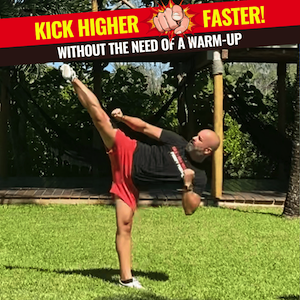You can alleviate joint pain and improve mobility by incorporating exercises that reduce joint stress and strengthen surrounding muscles. Gentle water-based exercises, such as water walking and aerobics, decrease joint impact by 50-75% and engage multiple muscle groups. Low-impact land activities, like bocce ball and shuffleboard, promote gentle lower body movements, while walking outdoors or on a treadmill strengthens muscles around joints. Targeted strength training with light weights or bands improves joint stability and reduces stiffness. By exploring these exercises in more detail, you'll discover how to create a personalized routine that effectively manages your arthritis symptoms.
Gentle Water-Based Exercises
When you're dealing with arthritis, finding an exercise routine that relieves pain and promotes mobility can be a challenge, which is why gentle water-based exercises are an attractive option for individuals over 40.
Water-based exercises, such as water walking and water aerobics, considerably reduce the impact on your joints compared to land-based activities. In fact, water walking reduces joint weight by 50%, making it an ideal activity for individuals recovering from joint replacements or looking to enhance mobility without excessive strain.
Water aerobics decrease joint impact by 75% compared to traditional aerobics, engaging multiple muscle groups while providing a supportive environment for various fitness levels.
The buoyancy of water helps alleviate stress on joints, enhancing muscle strength and promoting joint mobility through gentle resistance.
By participating in group classes for water-based activities, you'll receive proper technique guidance and be part of a supportive exercise community.
These exercises not only relieve pain but also improve balance and overall physical function, making them an excellent option for managing arthritis symptoms.
Regular water-based exercise can help you maintain joint mobility, build muscle strength, and improve overall well-being.
Low-Impact Land Activities
Land-based exercises are a crucial component of arthritis management, and opting for low-impact activities can help minimize joint stress while promoting mobility and strength.
As you explore options for low-impact land activities, consider Bocce Ball, which requires minimal bending and lunging, making it an ideal choice for managing arthritis pain. Golf is another option that encourages movement and strengthens multiple muscle groups, while walking between holes provides added cardiovascular benefits. To reduce strain during swings, use lightweight clubs.
Shuffleboard and Walking Outdoors on smooth trails are also excellent low-impact activities that promote overall health while minimizing joint stress. Shuffleboard's gentle lower body movements can be played at a leisurely pace, providing a fun way to stay active.
Walking outdoors enhances mood and reduces stress while consistently strengthening muscles around the joints. Alternatively, Treadmill Walking allows for adjustable intensity and offers support through handlebars, making it an excellent option for beginners to gradually increase their activity levels while protecting their joints.
Strength Training for Joints
Building on the foundation of low-impact land activities, you can further enhance your arthritis management plan by incorporating strength training exercises that target the muscles surrounding your joints. As you age, your joints are stiff, and the muscles around them weaken, making everyday activities more challenging. Strength training helps build muscle strength around your joints, providing better support and reducing joint pain.
By engaging in resistance exercises, such as using light weights or resistance bands, you can greatly improve functional abilities and reduce stiffness in arthritic joints. Incorporating strength training exercises at least two days a week, focusing on major muscle groups, promotes joint stability and prevents muscle atrophy.
Proper form and gradual progression are vital to avoid injury and guarantee effective joint protection, especially for those with arthritis. As you progress, you'll notice improvements in your range of motion, flexibility, and balance. Strength training also enhances overall physical function and quality of life, particularly in older adults with osteoarthritis.
Consult with your health care provider to develop a personalized strength training plan that addresses your specific needs and goals. With consistent practice, you'll experience reduced pain and stiffness, and improved overall well-being.
In Summary
Your joints don't have to be prisoners of arthritis. By incorporating gentle water-based exercises, low-impact land activities, and strength training into your routine, you can break free from the shackles of pain and stiffness. As you take the reins of your joint health, remember that every small step is a giant leap towards a life of increased mobility and decreased discomfort, allowing you to live life on your own terms, not arthritis'.



